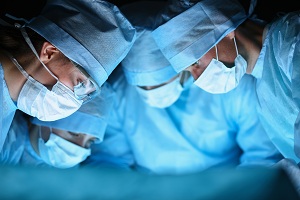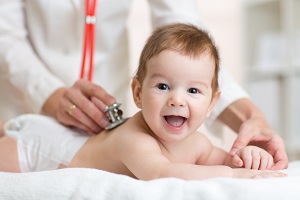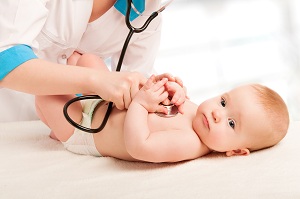The Bambino Gesù Hospital in Rome has been the stage for the incredible separation of two Algerian siamese twins. The operation lasted 10 hours and involved a team of 40 people. The Roman hospital is preparing for a new challenge. At the end of November, doctors will shed two Burundi sisters.
The new separation of Siamese is anticipated even more complicated than the previous one. The girls are two and a half months old and are tied to the lowest point of the back. They are attached to the legs, the spinal cord, the bladder and the rectum, sharing a single anus. This last point makes the operation even harder: physicians will have to create a further anus, to give the two girls the same life expectancy.
The news of separation action on Algerian girls has increased the optimism of the operation. But doctors keep us putting pallets: science has its limits and the conditions of Burundi's twins is not easy. In some cases it is impossible to separate a pair of siams without killing one or both of them. There is only one hope that the new case is not one of these.
Although doctors do not bother with the outcome of the future operation, there is good news about the past. One month after the intervention, the little Rayenne and Djihene are fine. They have crossed and traverse difficult times, but the hospital seems normal and devoid of surprises.
Source: ansa.it
Add a comment





